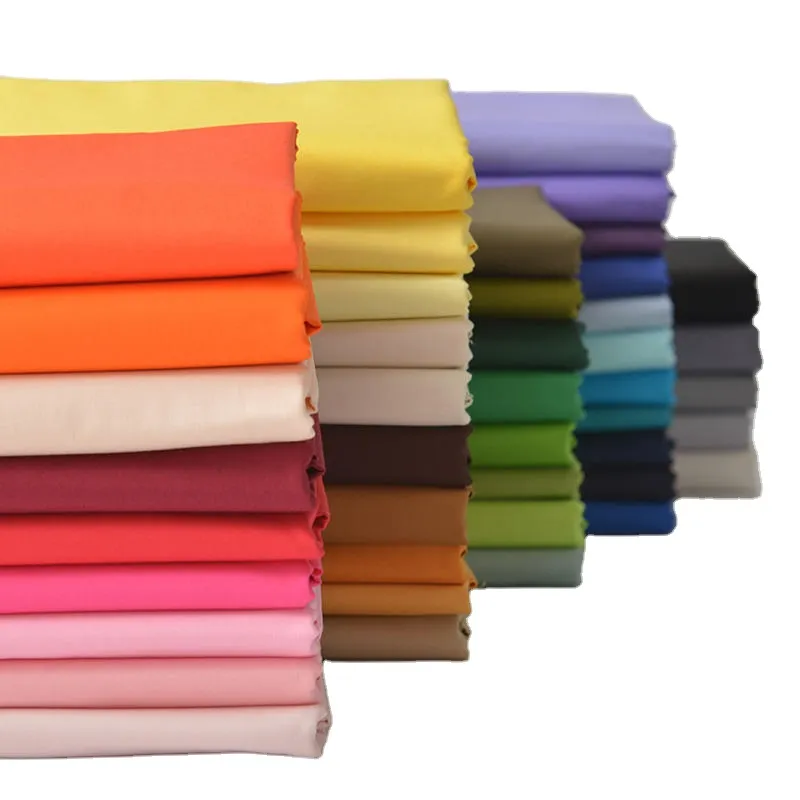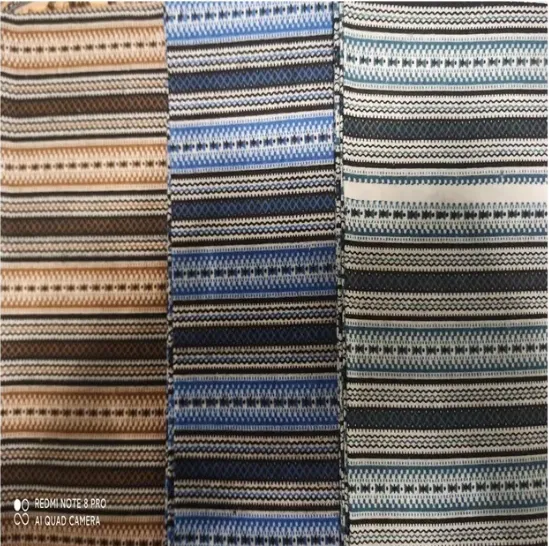
- Afrikaans
- Albanian
- Amharic
- Arabic
- Armenian
- Azerbaijani
- Basque
- Belarusian
- Bengali
- Bosnian
- Bulgarian
- Catalan
- Cebuano
- Corsican
- Croatian
- Czech
- Danish
- Dutch
- English
- Esperanto
- Estonian
- Finnish
- French
- Frisian
- Galician
- Georgian
- German
- Greek
- Gujarati
- haitian_creole
- hausa
- hawaiian
- Hebrew
- Hindi
- Miao
- Hungarian
- Icelandic
- igbo
- Indonesian
- irish
- Italian
- Japanese
- Javanese
- Kannada
- kazakh
- Khmer
- Rwandese
- Korean
- Kurdish
- Kyrgyz
- Lao
- Latin
- Latvian
- Lithuanian
- Luxembourgish
- Macedonian
- Malgashi
- Malay
- Malayalam
- Maltese
- Maori
- Marathi
- Mongolian
- Myanmar
- Nepali
- Norwegian
- Norwegian
- Occitan
- Pashto
- Persian
- Polish
- Portuguese
- Punjabi
- Romanian
- Russian
- Samoan
- scottish-gaelic
- Serbian
- Sesotho
- Shona
- Sindhi
- Sinhala
- Slovak
- Slovenian
- Somali
- Spanish
- Sundanese
- Swahili
- Swedish
- Tagalog
- Tajik
- Tamil
- Tatar
- Telugu
- Thai
- Turkish
- Turkmen
- Ukrainian
- Urdu
- Uighur
- Uzbek
- Vietnamese
- Welsh
- Bantu
- Yiddish
- Yoruba
- Zulu
Mar . 04, 2025 03:14
Back to list
polyester cotton poplin fabric
Navigating the dynamic landscape of the polyester cotton fabric market requires a keen understanding of various factors influencing its pricing. As the blend of polyester and cotton captures the essence of versatility and durability, it remains a favored choice among manufacturers and consumers alike. However, stakeholders need to stay informed about the pricing dynamics to effectively strategize their production and marketing plans.
The regional differences in production capacities cannot be overlooked. Countries with established textile industries such as China, India, and Bangladesh can offer different pricing due to their lower labor costs and more mature supply chains. Consequently, fabric prices can differ significantly based on the origin of production, offering both challenges and opportunities for cost management. Retailers and wholesalers must be astute and forward-thinking to navigate the polyester cotton fabric market effectively. Building solid relationships with suppliers can facilitate better negotiations and perhaps lock in favorable pricing, thereby mitigating some of the impacts of price volatility. Employing predictive analytics to forecast demand accurately can also prove invaluable, enabling businesses to optimize their inventory management and align procurement strategies with market trends. As these pricing variables continue to evolve, maintaining a balance between cost efficiency and quality assurance is paramount. Investing in quality control mechanisms can help ensure that despite fluctuations in the raw material market or production costs, the end product meets consumer expectations and regulatory standards. The ever-changing landscape of the polyester cotton fabric market demands a blend of expertise, authority, and a reliable network of industry contacts. Staying updated with global trends, leveraging technological advancements, and prioritizing sustainable practices can position businesses to capitalize on market opportunities while mitigating risks associated with price volatility. As market conditions shift, the ability to adapt price strategies to maintain competitive and profitable business models will remain a critical differentiator. In conclusion, while polyester cotton fabric prices are influenced by numerous complex factors, informed stakeholders who leverage data-driven strategies and remain adaptable to changing market dynamics can effectively navigate these challenges. Through expertise and strategic foresight, businesses can not only anticipate changes but also seize opportunities, securing their position in the global textile marketplace.


The regional differences in production capacities cannot be overlooked. Countries with established textile industries such as China, India, and Bangladesh can offer different pricing due to their lower labor costs and more mature supply chains. Consequently, fabric prices can differ significantly based on the origin of production, offering both challenges and opportunities for cost management. Retailers and wholesalers must be astute and forward-thinking to navigate the polyester cotton fabric market effectively. Building solid relationships with suppliers can facilitate better negotiations and perhaps lock in favorable pricing, thereby mitigating some of the impacts of price volatility. Employing predictive analytics to forecast demand accurately can also prove invaluable, enabling businesses to optimize their inventory management and align procurement strategies with market trends. As these pricing variables continue to evolve, maintaining a balance between cost efficiency and quality assurance is paramount. Investing in quality control mechanisms can help ensure that despite fluctuations in the raw material market or production costs, the end product meets consumer expectations and regulatory standards. The ever-changing landscape of the polyester cotton fabric market demands a blend of expertise, authority, and a reliable network of industry contacts. Staying updated with global trends, leveraging technological advancements, and prioritizing sustainable practices can position businesses to capitalize on market opportunities while mitigating risks associated with price volatility. As market conditions shift, the ability to adapt price strategies to maintain competitive and profitable business models will remain a critical differentiator. In conclusion, while polyester cotton fabric prices are influenced by numerous complex factors, informed stakeholders who leverage data-driven strategies and remain adaptable to changing market dynamics can effectively navigate these challenges. Through expertise and strategic foresight, businesses can not only anticipate changes but also seize opportunities, securing their position in the global textile marketplace.
Latest news
-
The Versatility and Elegance of White Cotton Poplin FabricNewsJun.23,2025
-
The Luxurious Comfort of Carded CottonNewsJun.23,2025
-
Explore the Luxurious Comfort of Cotton Flannel ClothNewsJun.23,2025
-
Discover the Versatility of Cotton Poplin ClothNewsJun.23,2025
-
Bleach Cotton FabricNewsJun.23,2025
-
100 Cotton BlendNewsJun.23,2025
-
Versatile Elegance with Poplin Fabric for SaleNewsMay.15,2025
